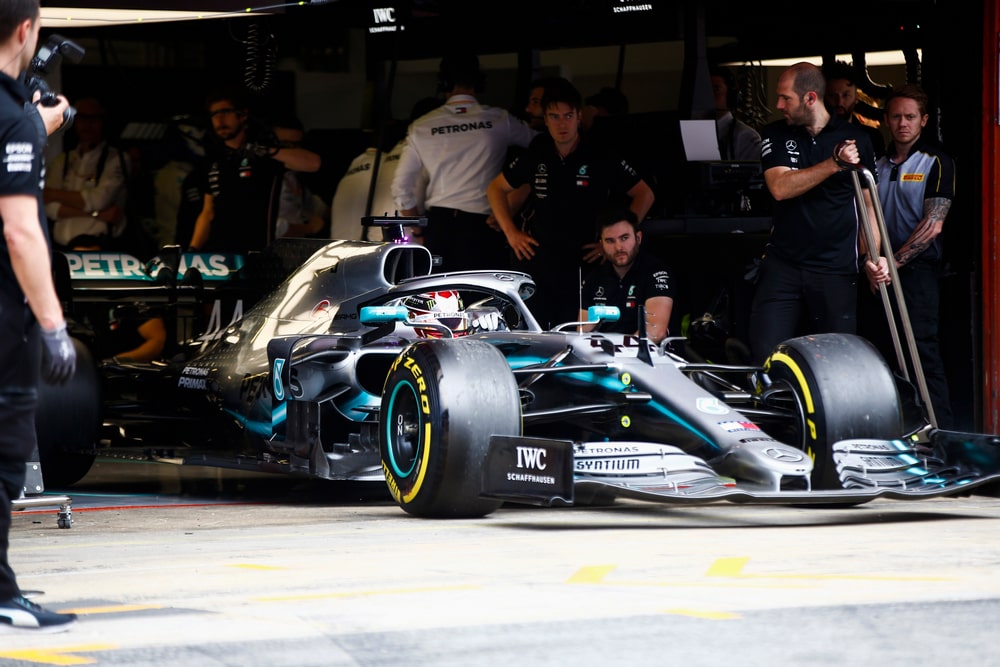
It has become increasingly clear in recent years that Formula One is broken and needs some serious help if it has any hope of a sustainable future. In this seven-part series, we will explore the many possible solutions that could improve F1’s health.
We’ve already identified the key problems F1 is facing currently and have explored how increasing the DRS range could close the gap between all of the drivers, but how can we tighten the gap between the leaders and the rest of the pack?
Something is clearly wrong when the top five drivers can effortlessly build a gap of more than 30 seconds to the driver in sixth position. It highlights the immense performance advantage of the higher tier teams and makes the race results somewhat predictable.
To fix this problem, F1 could look at a method used in other motorsport categories like the British Touring Car Championship (BTCC), which is often recognized for its good racing and variety of race winners throughout the season. In BTCC, cars are fitted with a ballast.
A ballast is an additional weight added to the car. In F1, ballasts can be used to tune cars by adding them to specific areas to enhance performance. Teams also add ballast to their car if they are below the minimum weight requirement.

However, BTCC uses the ballast for another purpose. Ballasts are used as to handicap the successful drivers. This is known as the “Success Ballast”. The top ten drivers are assigned ballast based on their championship standings, with the leader getting an additional 54kg and the tenth place runner carrying an additional 6kg. This means the previous winners will be heavier and, theoretically, be marginally slower than their competitors.
This extra weight is carried in qualifying and the first race of the weekend. In the second and third races, the weights are determined based on the finishing position in the previous race.
The practice clearly works well for BTCC. In 2018, there were 17 different winners over the course of 30 races, compared to F1’s 5 winners over 21 races.
Not only would race weekends be more interesting, but it also tightens the championship results. After the French Grand Prix this season, Charles Leclerc was in the top five of the World Drivers Championship, 50 points ahead of Pierre Gasly and a whopping 100 points behind leader Lewis Hamilton. Ballasts could decrease those points gaps.
Formula One is a sport in which teams work tirelessly to save every possible gram from the weight of their car. We are talking about a sport where Ferrari claimed they changed to matte paint because gloss was a few grams heavier.
Giving the leading cars extra weight based on their championship position could make a profound improvement to the quality of the racing in the series and could give the cars in the mid-field a better chance of challenging at the top.
But there is another change that could be made to F1 for the benefit of the racing. Stay tuned for another installment of this series tomorrow to find out.
The views and opinions expressed in this article are solely those of the author and do not necessarily reflect the official policy or position of any other agency, organization, employer or company. Assumptions made in any analysis contained within this article are not reflective of the position of any entity other than the author.